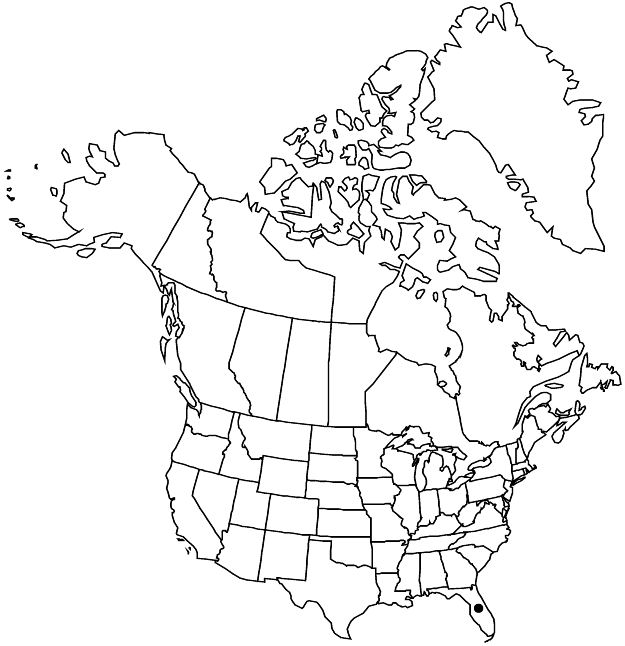Difference between revisions of "Nyssa ursina"
Torreya 27: 92. 1927.
FNA>Volume Importer |
imported>Volume Importer |
||
| (One intermediate revision by the same user not shown) | |||
| Line 62: | Line 62: | ||
|publication year=1927 | |publication year=1927 | ||
|special status=Endemic;Conservation concern | |special status=Endemic;Conservation concern | ||
| − | |source xml=https:// | + | |source xml=https://bitbucket.org/aafc-mbb/fna-data-curation/src/2e0870ddd59836b60bcf96646a41e87ea5a5943a/coarse_grained_fna_xml/V12/V12_550.xml |
|genus=Nyssa | |genus=Nyssa | ||
|species=Nyssa ursina | |species=Nyssa ursina | ||
Latest revision as of 19:16, 5 November 2020
Shrubs or trees, 2–5 m, crown typically intricately branched; bark irregularly fissured; twigs usually glabrous, rarely puberulent. Leaves: petiole (4–)5–9 mm; blade narrowly elliptic to oblanceolate, rarely to ovate, 3–7 × 1–2 cm, coriaceous, base cuneate to rounded, margins entire, apex obtuse, abaxial surface glabrous or puberulent (primarily along veins), adaxial surface glabrous. Inflorescences: peduncle 3.2–5.5 cm, sparsely hairy or glabrous; staminate (1–)2–5-flowered, pistillate and bisexual 1–2-flowered. Staminate pedicels present. Flowers: ovary glabrous. Drupes usually black, rarely blue, glaucous, globose, 7–11 mm, smooth; stone 6–8 mm, with several low, rounded longitudinal ridges.
Phenology: Flowering spring.
Habitat: Open savannas, depressions in flatwoods.
Elevation: 0–70 m.
Discussion
Nyssa ursina is limited to six counties in the panhandle region of Florida. It occurs together with N. biflora throughout its limited range, which supports recognizing it as a distinct species.
Selected References
None.
